Details
Liegeplatz: Åmøy Havn, Stavanger, Norwegen
Fjeldhus AB Cosmos 36
EUR 22.000,-1987Aluminium cruiser with electric propu...
Steckbrief
Kategorie
Segelboote
Typ
Blauwasseryacht
Kieltyp
Kurzkiel
Material
Aluminium
Typ
Gebrauchtboot
Zustand
befriedigender Zustand
Preis
EUR 22.000,- Verhandlungsbasis / exkl. MwSt
Standort
Åmøy Havn, Stavanger, Norwegen
Baujahr
1987
Download PDF
Abmessungen
Länge
11.08 m
Breite
3.46 m
Tiefgang
1.95 m
Gewicht
6000
Ballast
2000 kg
Beseglung und Rigg
Groß-Segel
27 m²
Fock
33 m²
Genua
43 m²
Motor
Antrieb
Wellenantrieb D-Drive
Motor
OzEcoDrive Twin
Steuerung
Radsteuerung
Motorleistung
1 x 13 PS / 9 kW
Motorstunden
150
Treibstoff
Elektro
Einrichtung und Aufteilung
Anz. Kabinen
2
Anz. Kojen
5
Anz. Naßzellen
1
Equipment
Bootszubehör
Alarmanlage, Anker, Autopilot, Batterie, Batterieladegerät, Bilgepumpe, Druckwasseranlage, Feuerlöscher, GPS, Gasherd, Gasspürgerät, Geschwindigkeitsmesser, Inverter, Kompass, Kühlbox, Kühlschrank, MP3-Player, Navigationsbeleuchtung, Radio, Solaranlage, Spüle, Tiefenmesser, UKW-Funk, Unterwasseranstrich, Warmwasseranlage
Bemerkungen
Nützlich Informationen zum Bootskauf:
Gesetzliche Grundlagen & Muster-KaufvertragUmsatzsteuer & Zoll
Services rund um den Gebrauchtbootkauf:
BootsregistrierungCharter-Yachten
Haftpflicht & Kaskoversicherung
Gutachterverband die Internationalen Bootsexperten
Gutachtenverband VBS e.V.
Online Bootsbewertung ratemyboat
Anbieter kontaktieren
Kontakt
Mr. Guldberg
Über das nachfolgende Formular können Sie dem/r Anbieter/in eine Anfrage zukommen lassen.
*Pflichtfelder

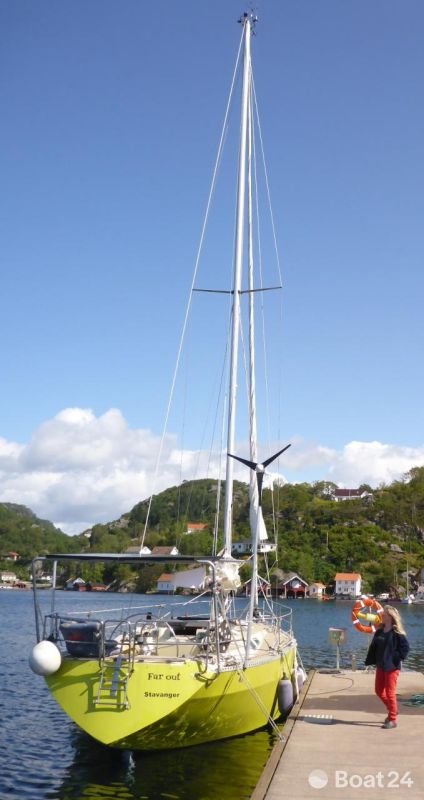
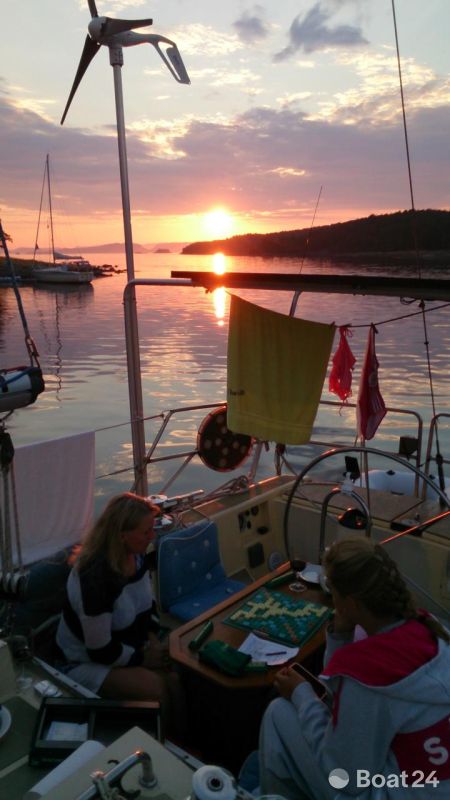

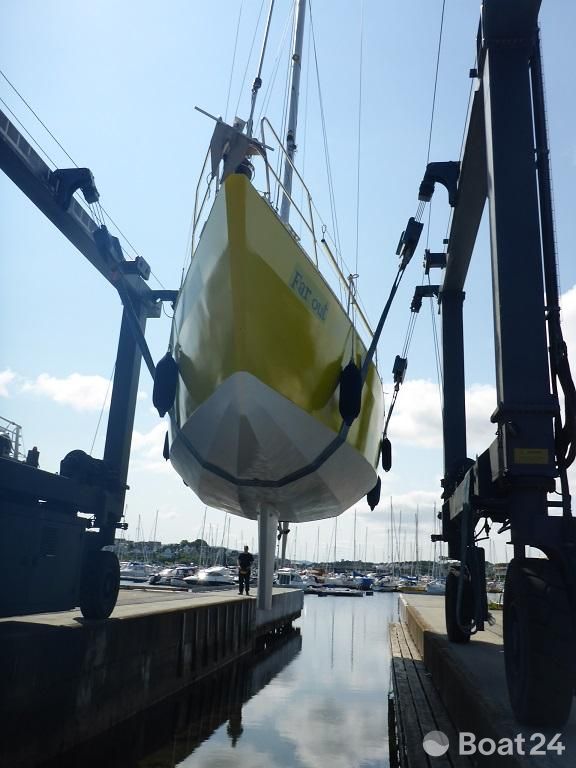

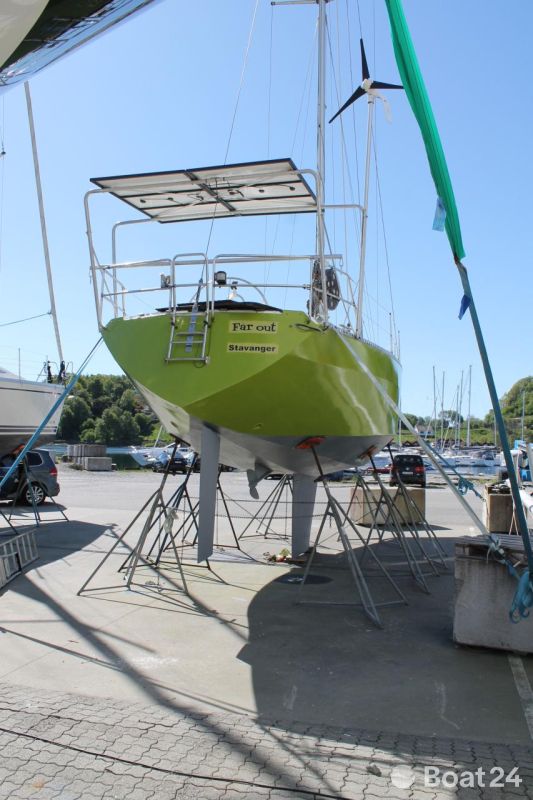
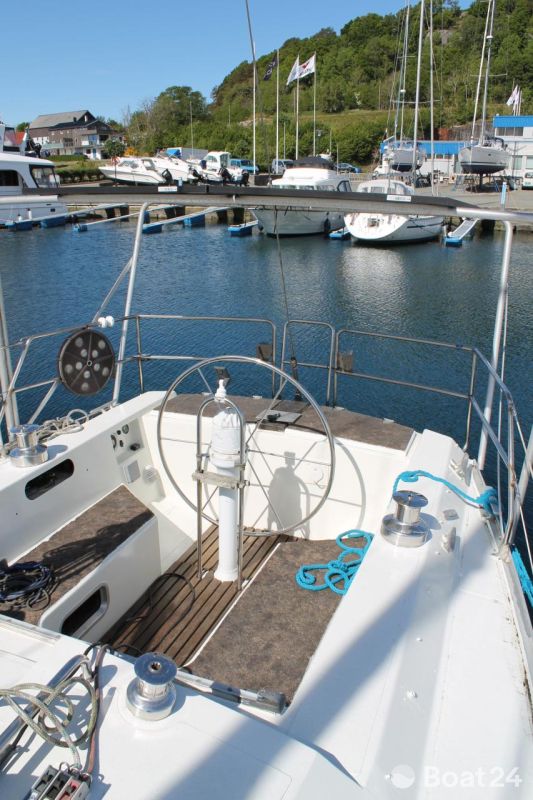
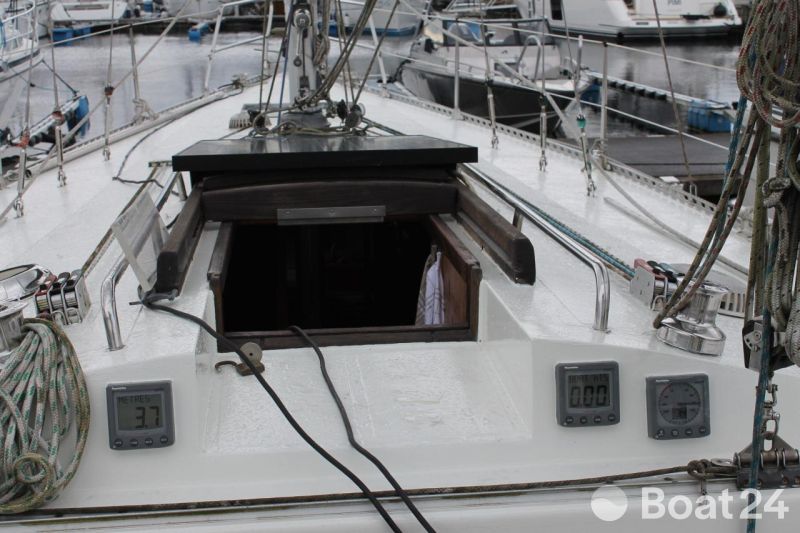
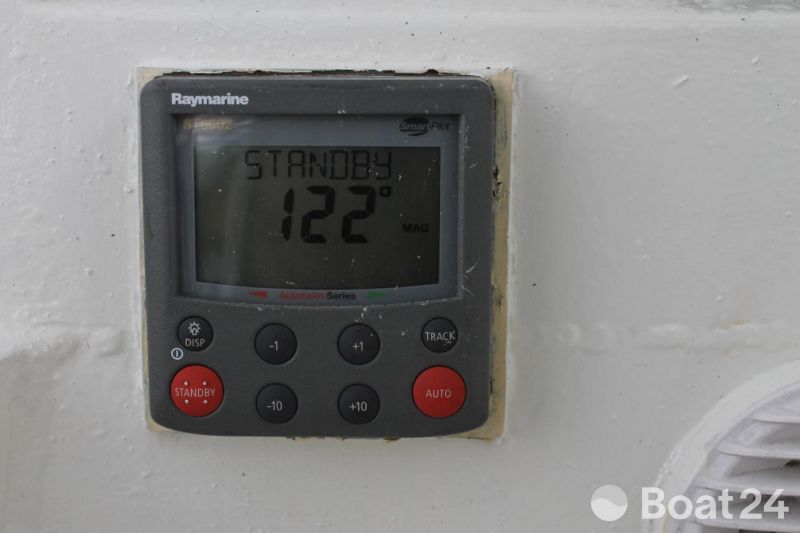
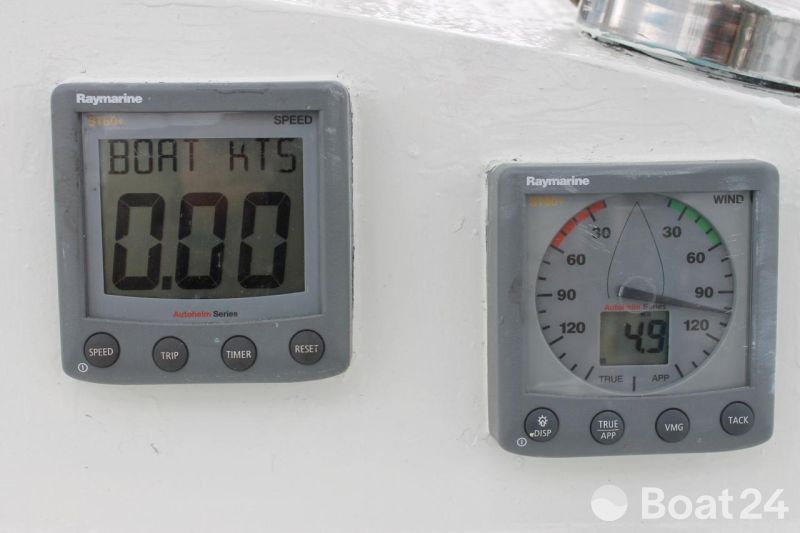
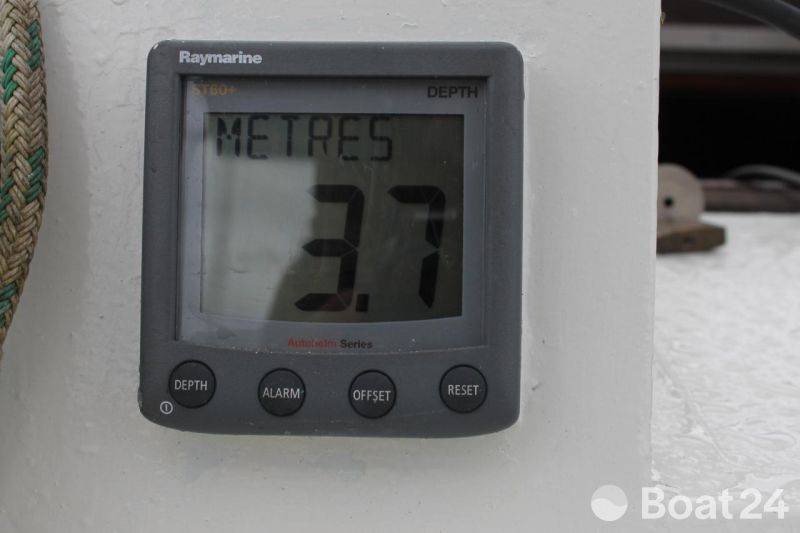
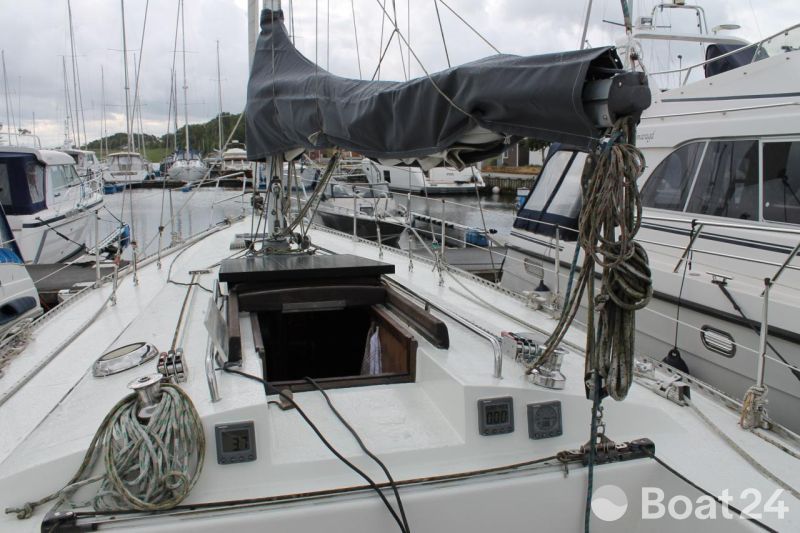
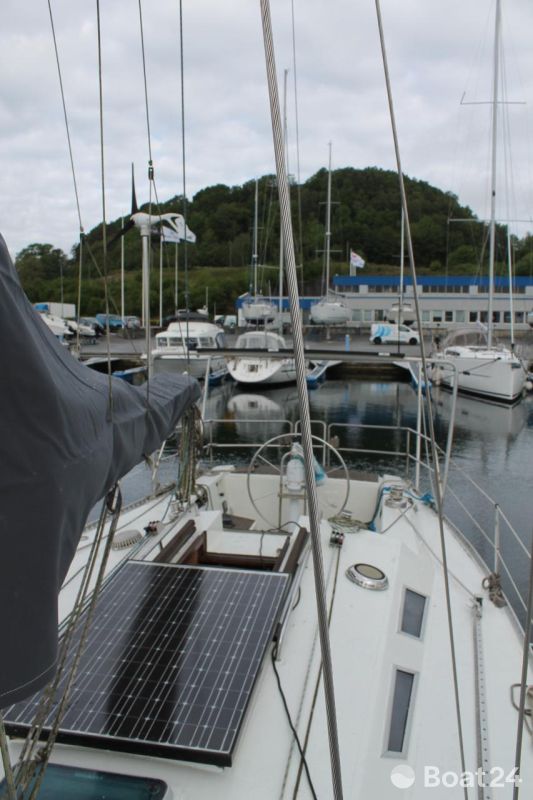

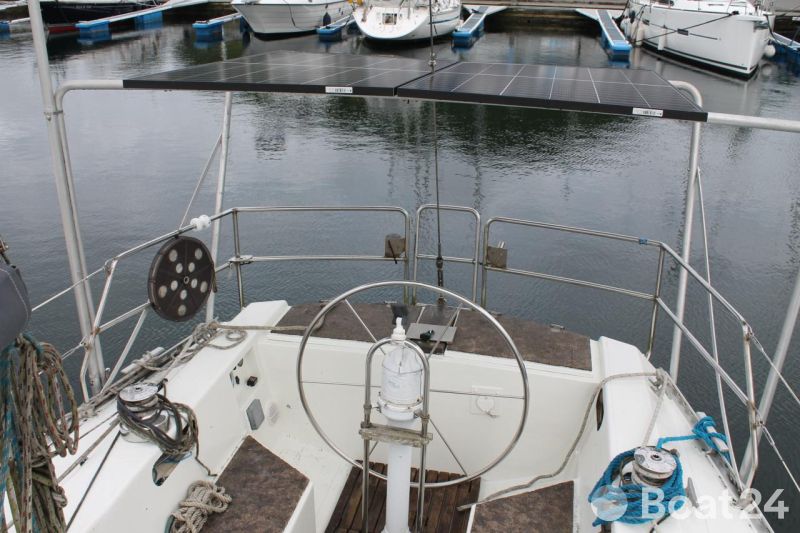
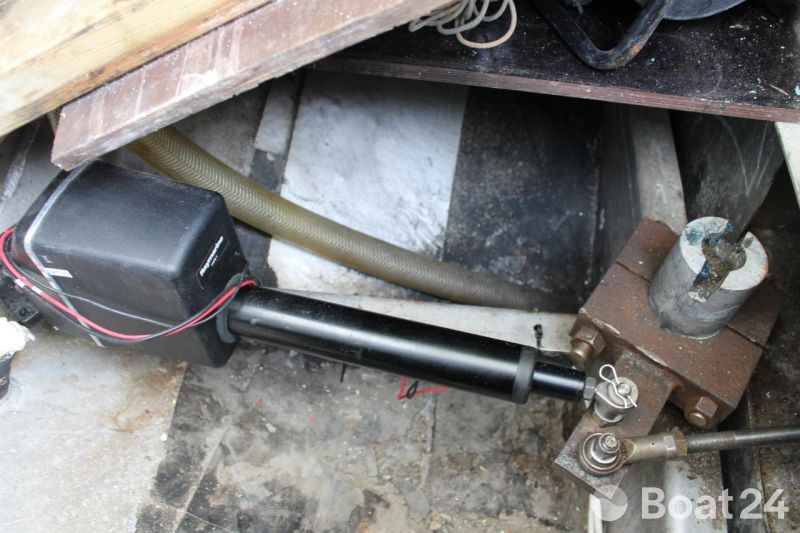
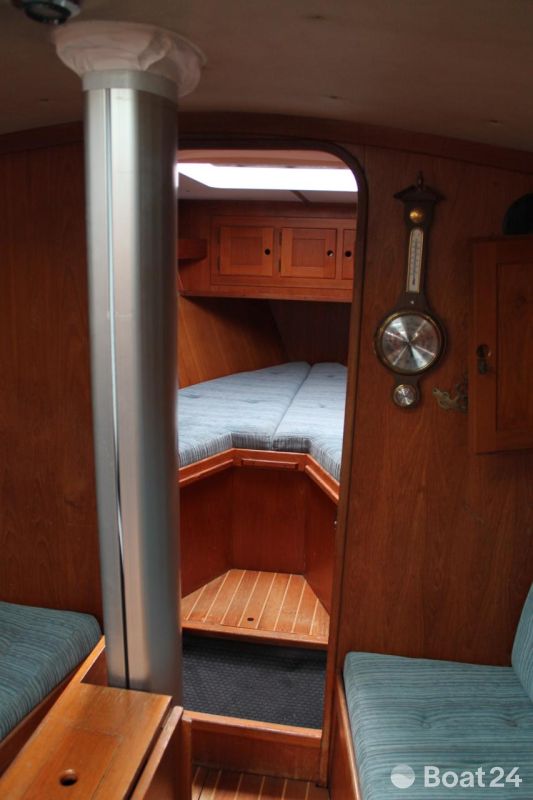
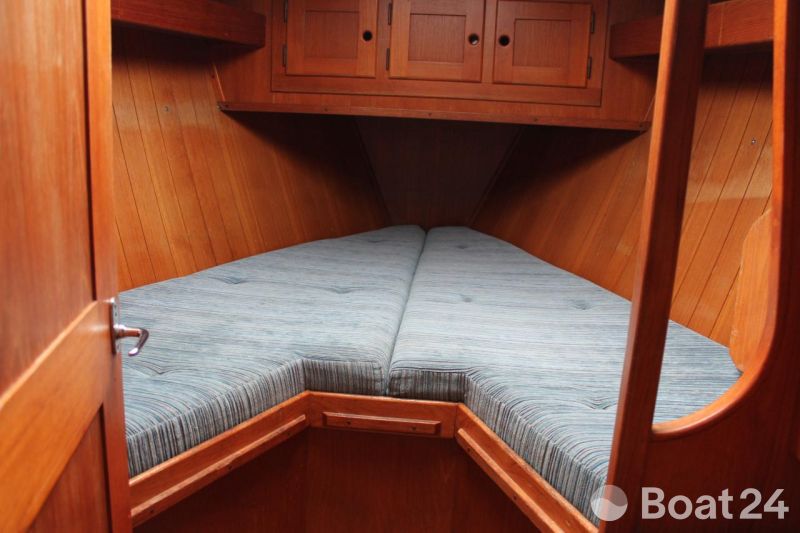
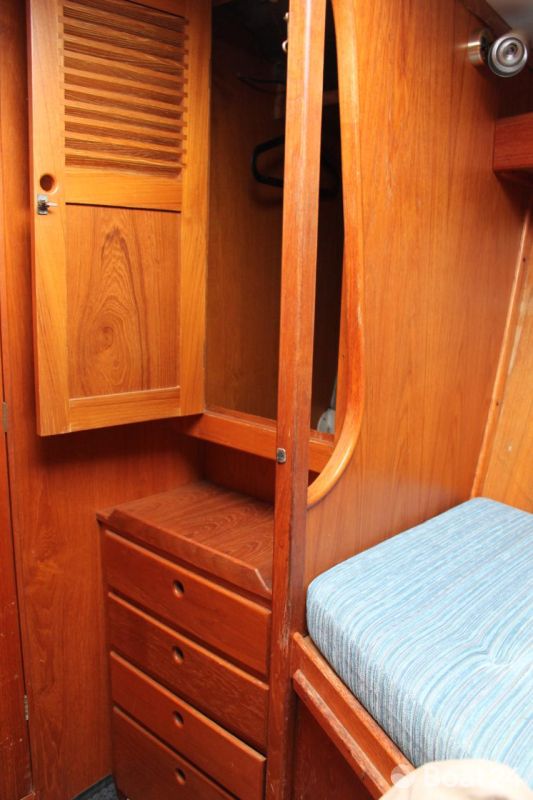
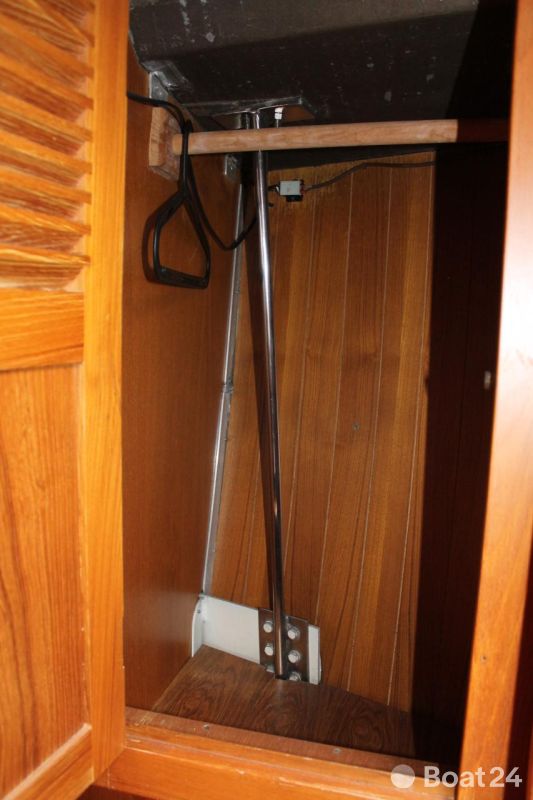
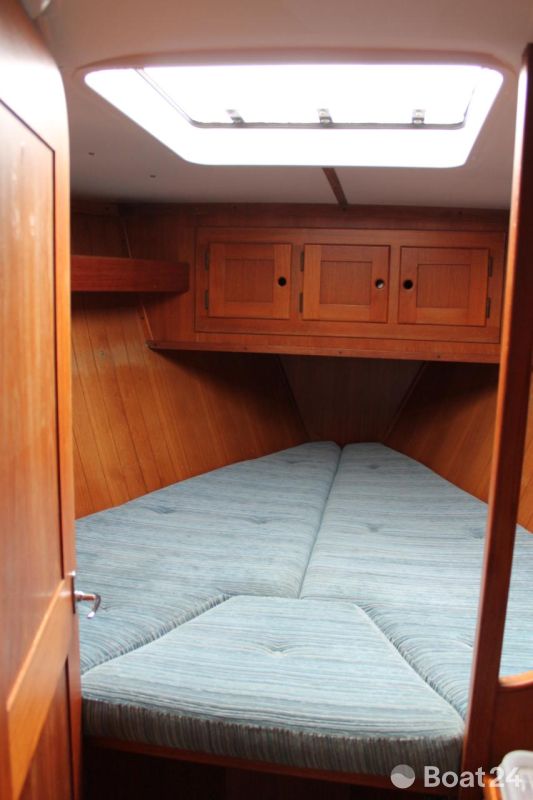
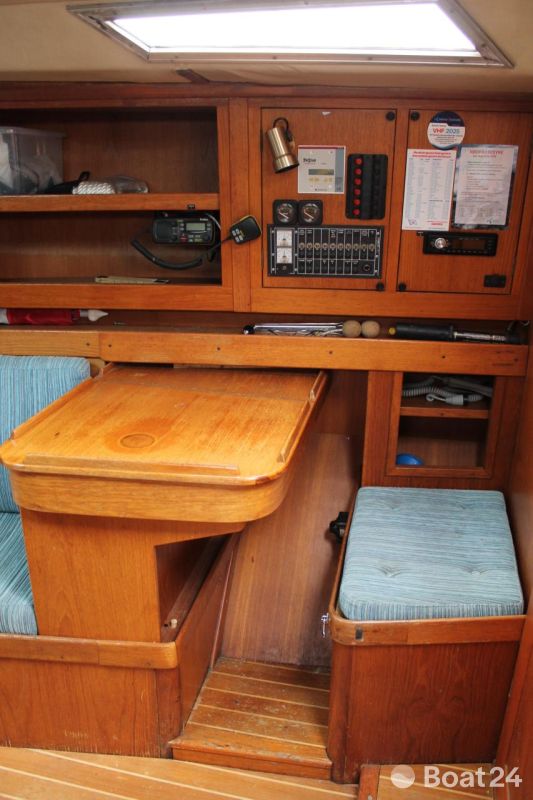
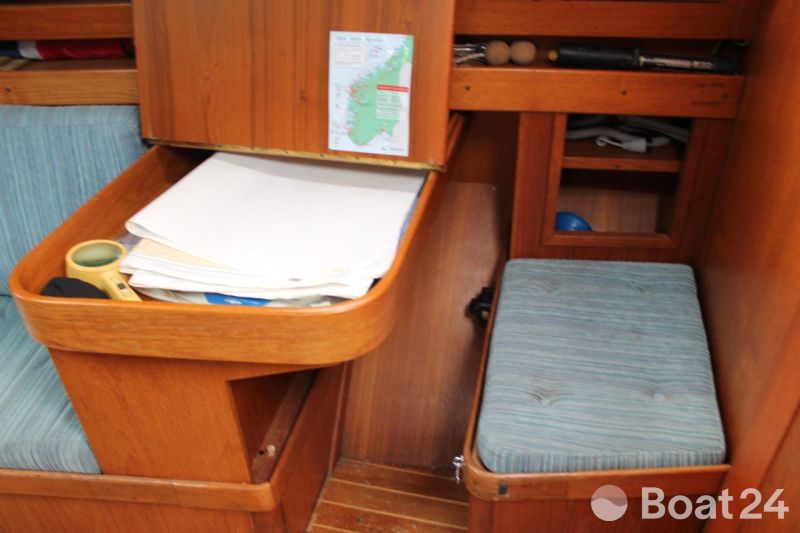
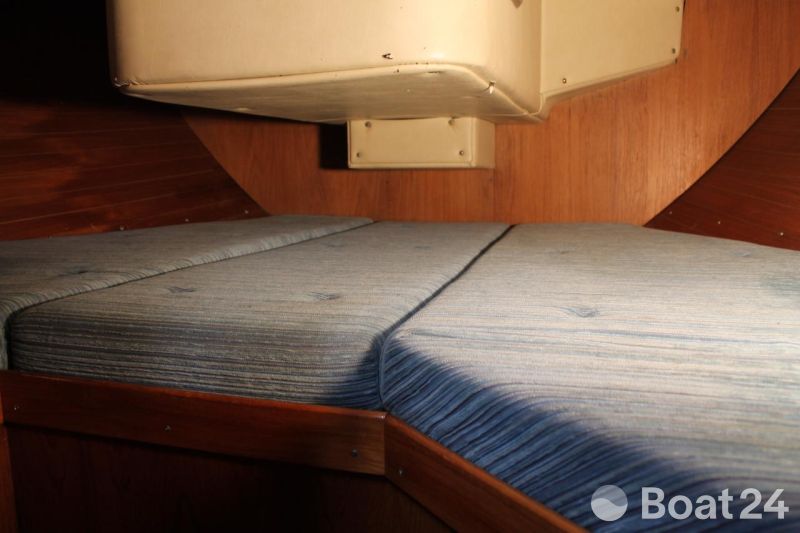
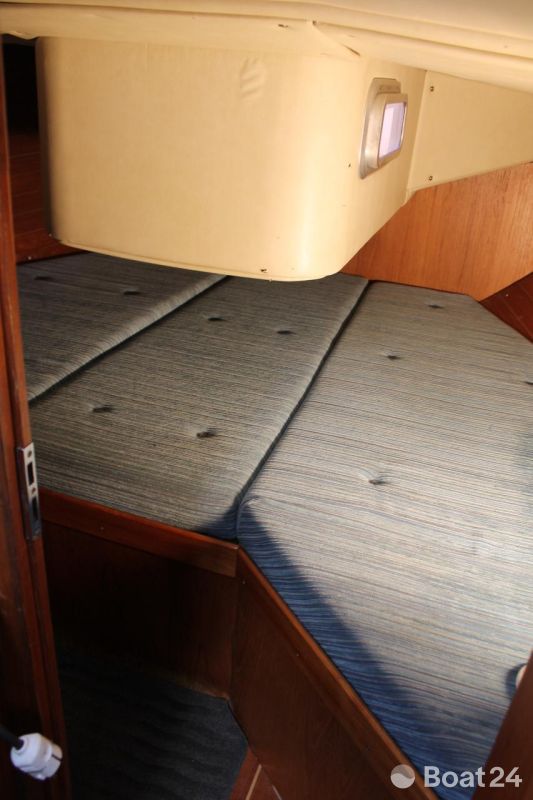
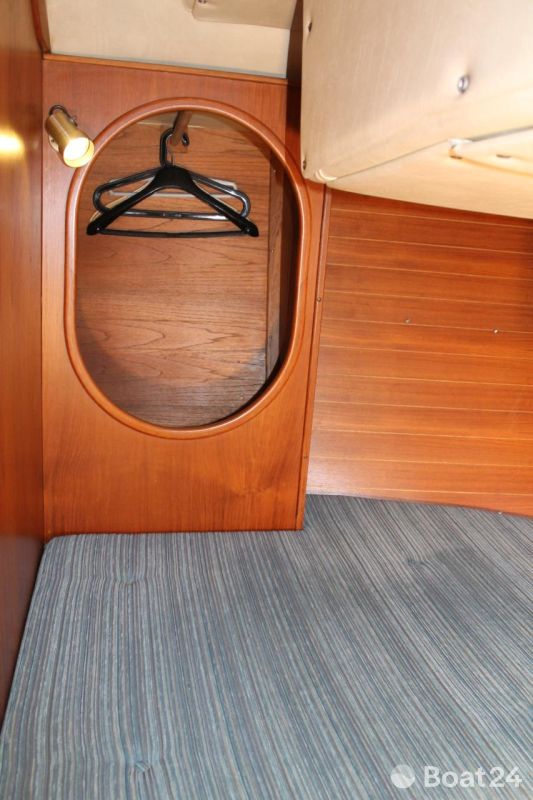
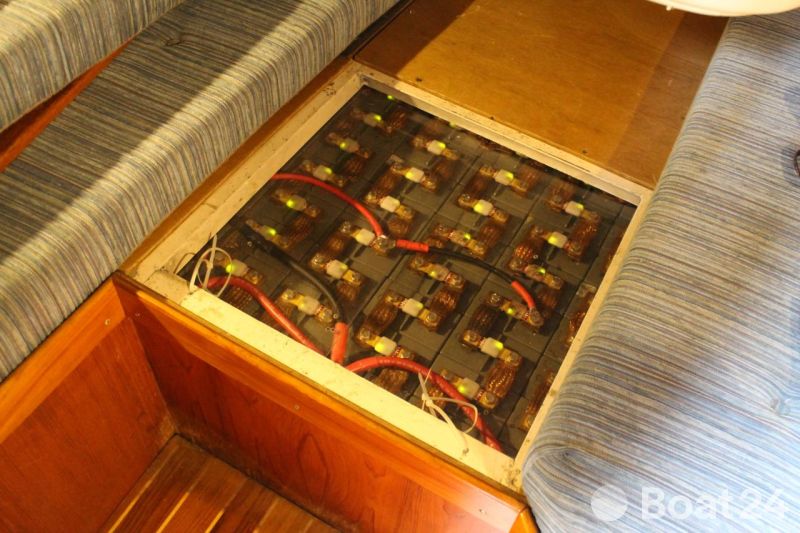
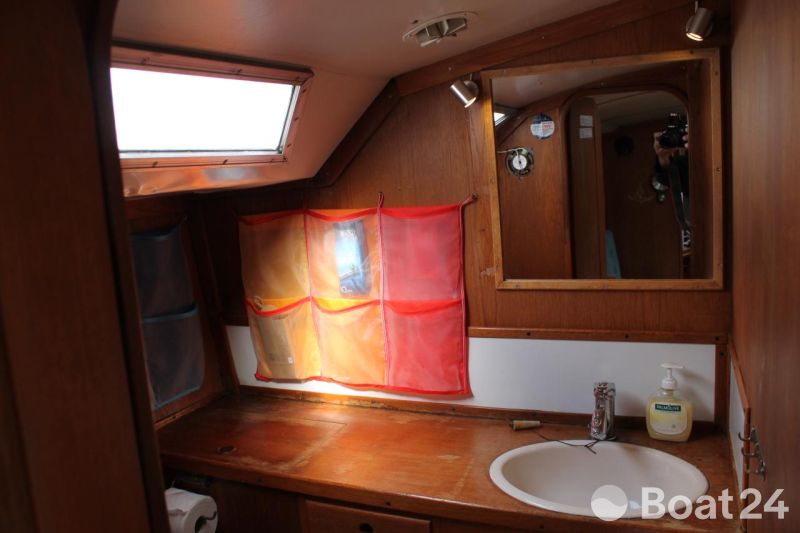
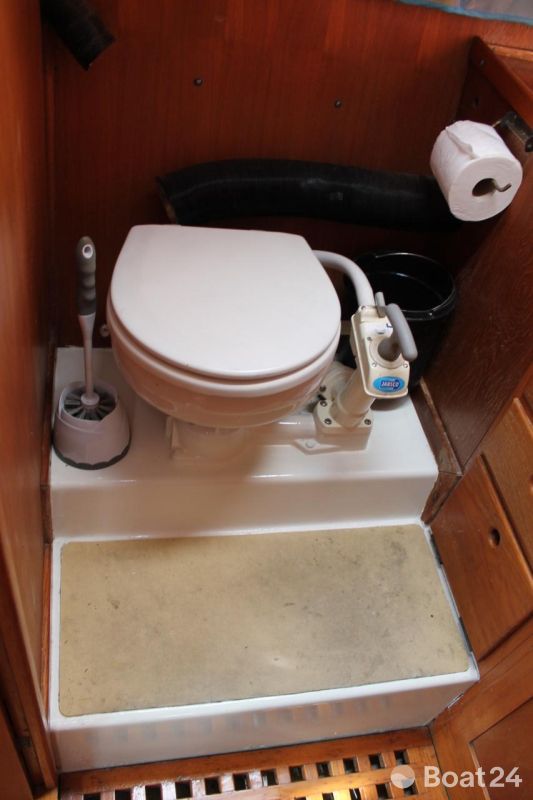
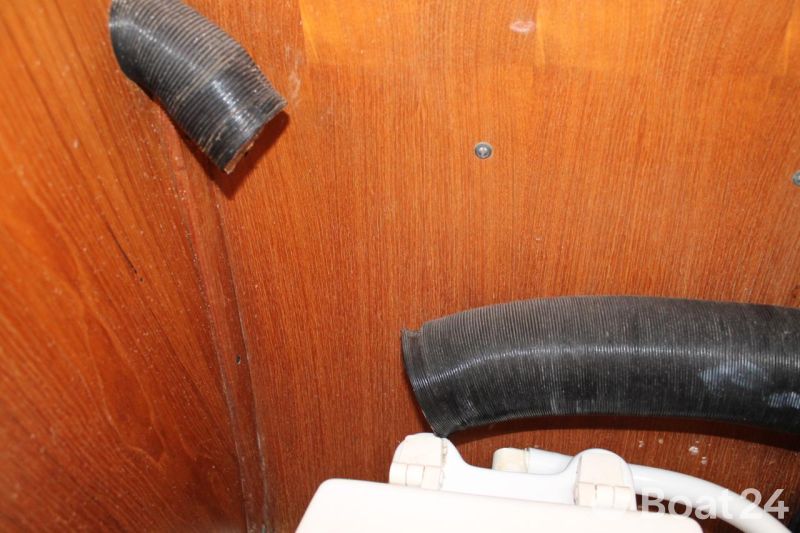
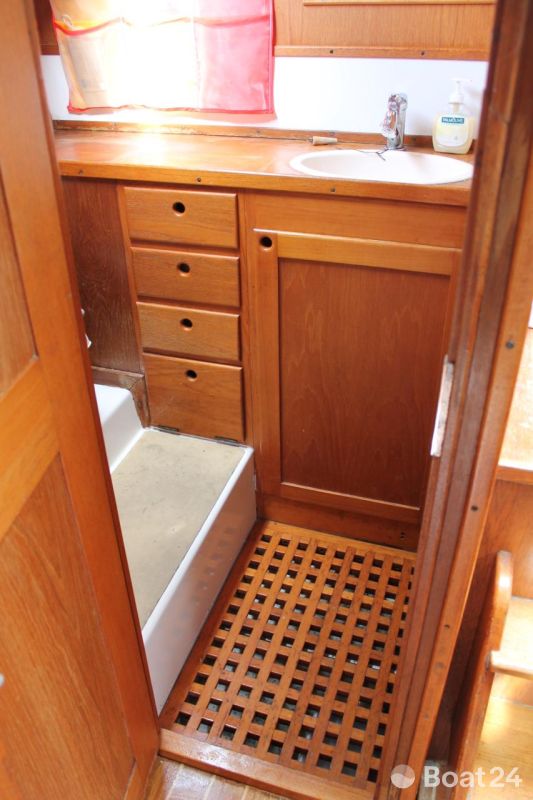
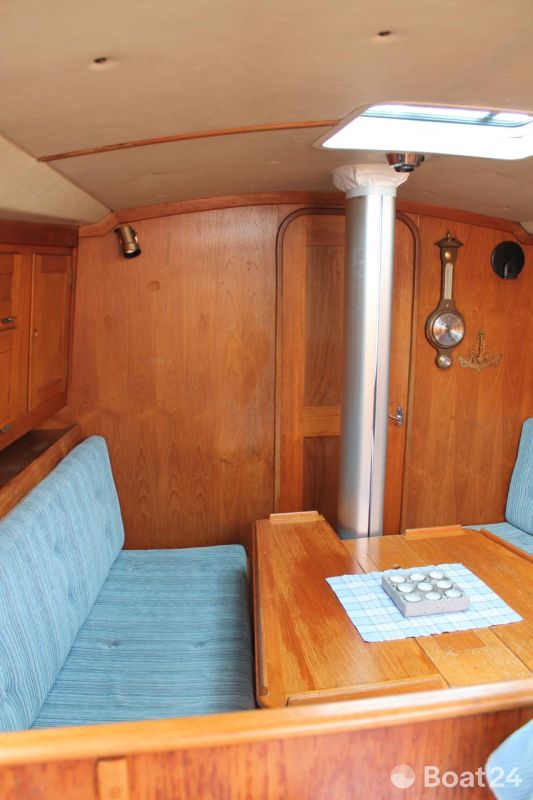
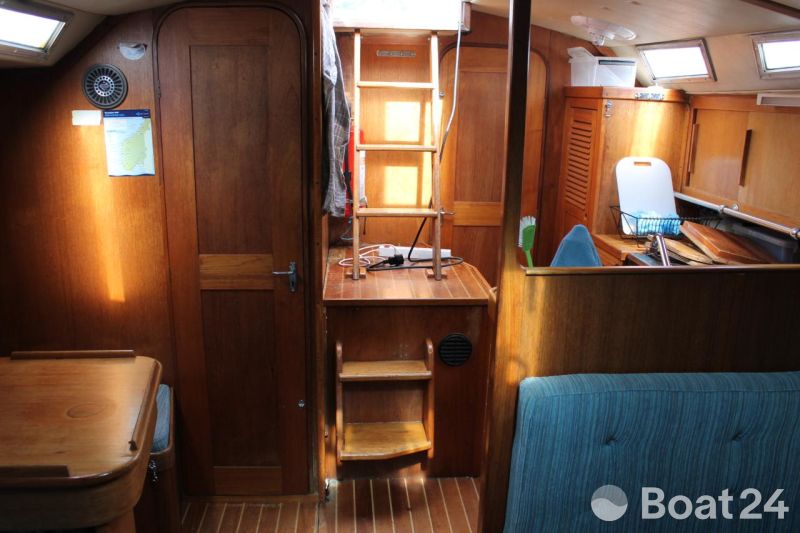
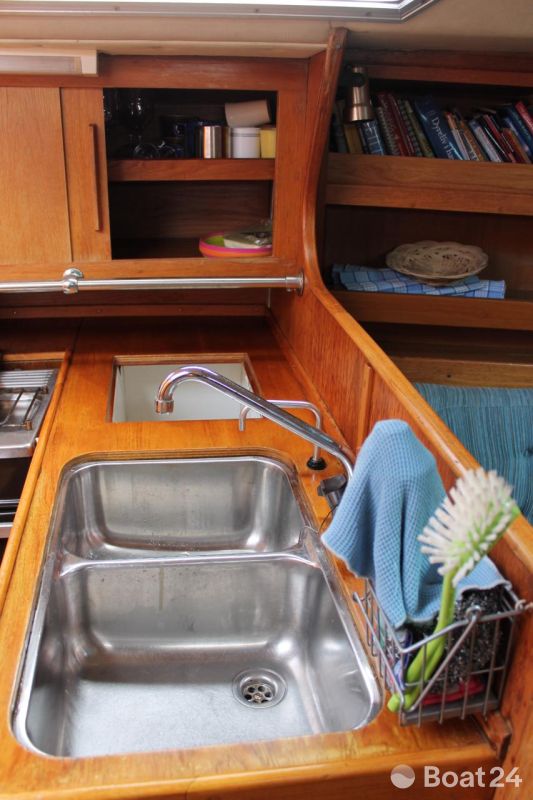
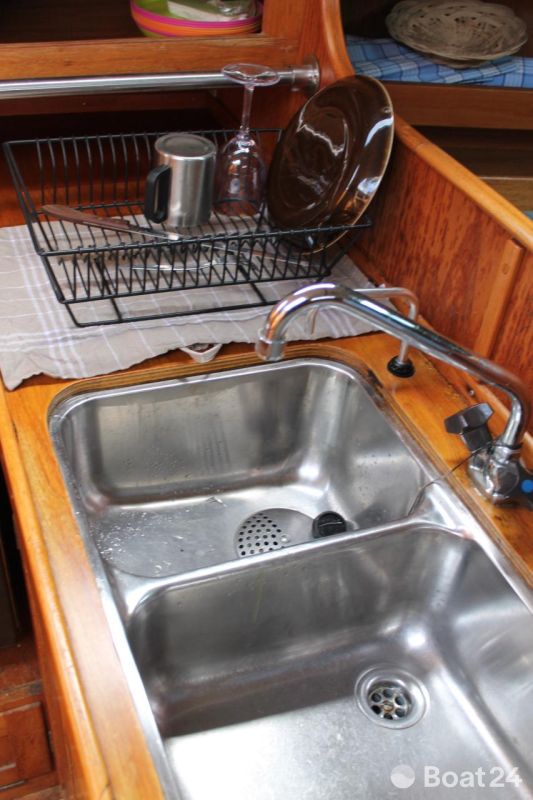
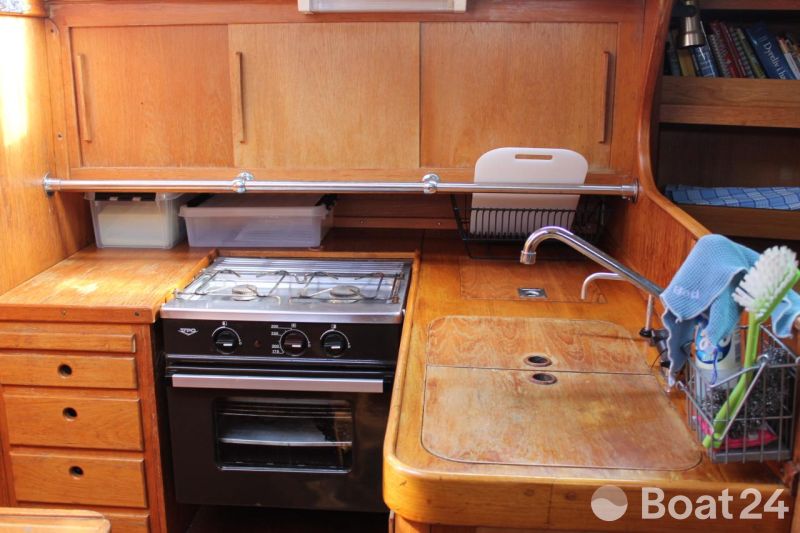
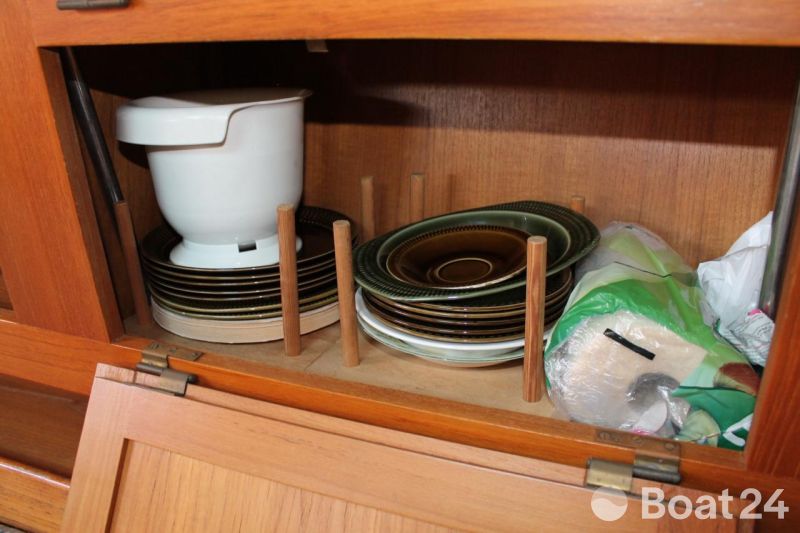
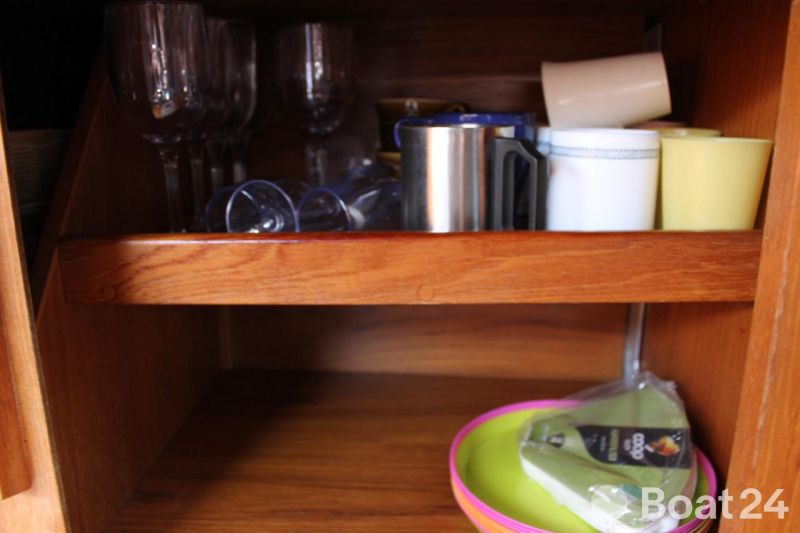
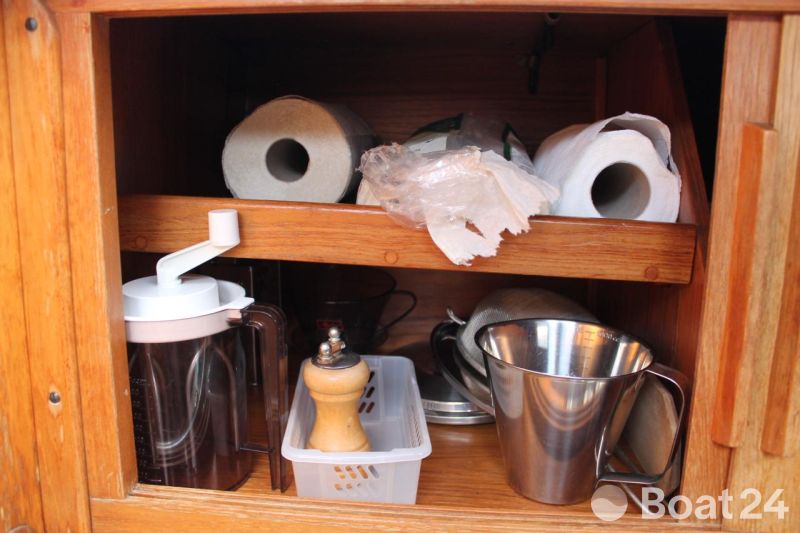
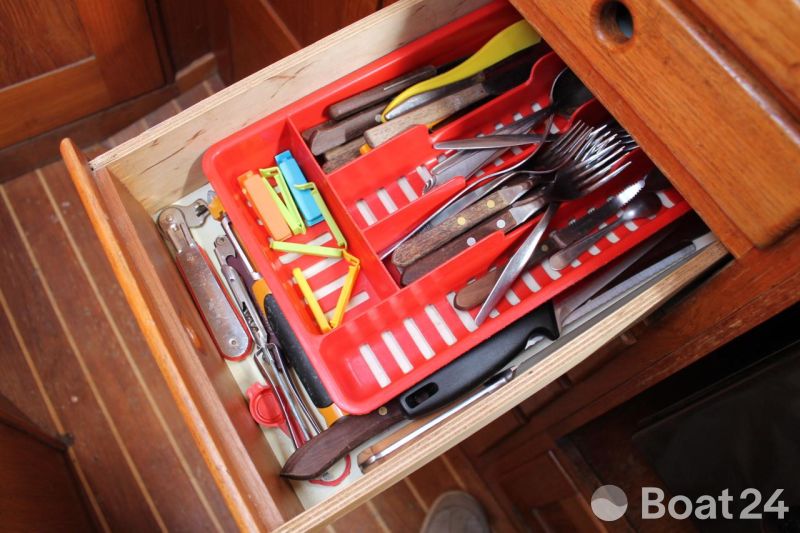
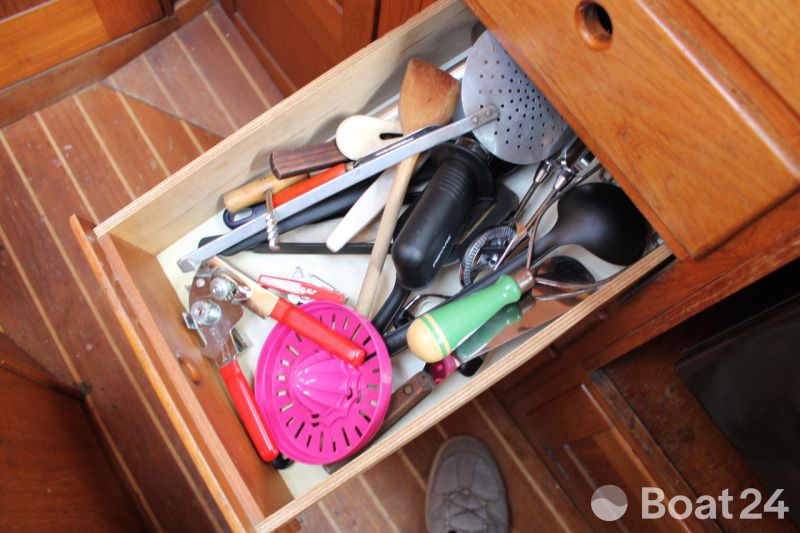
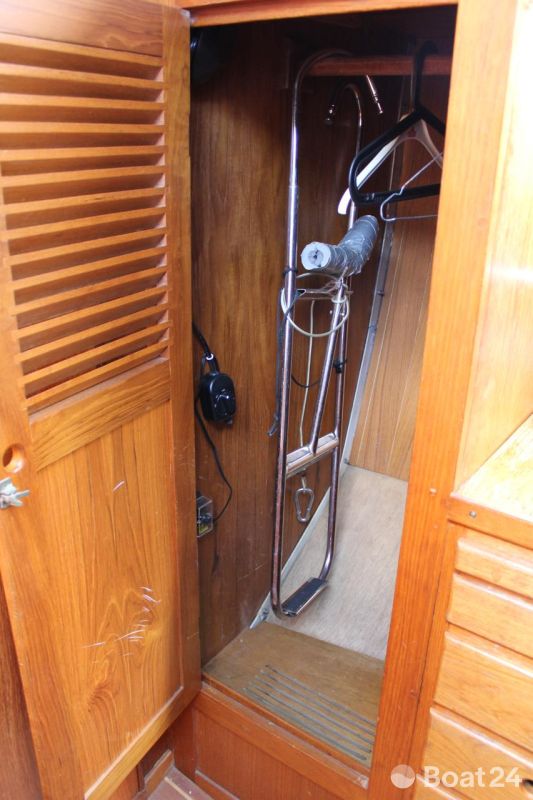
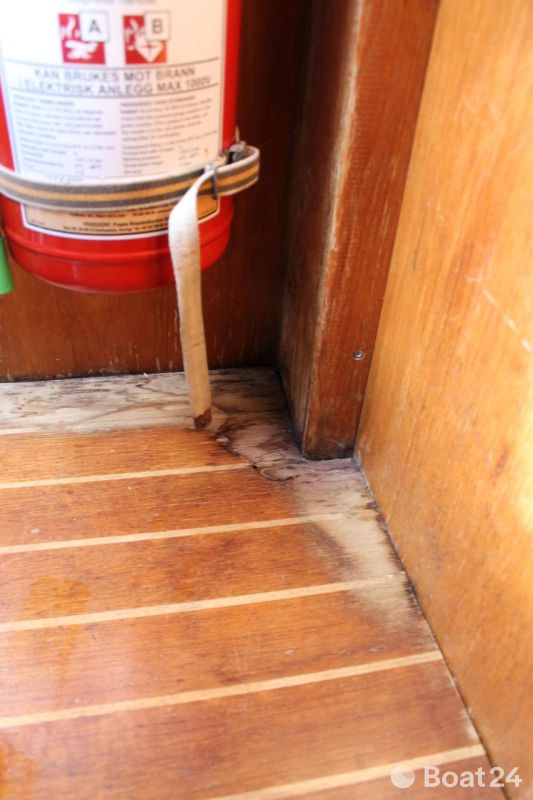

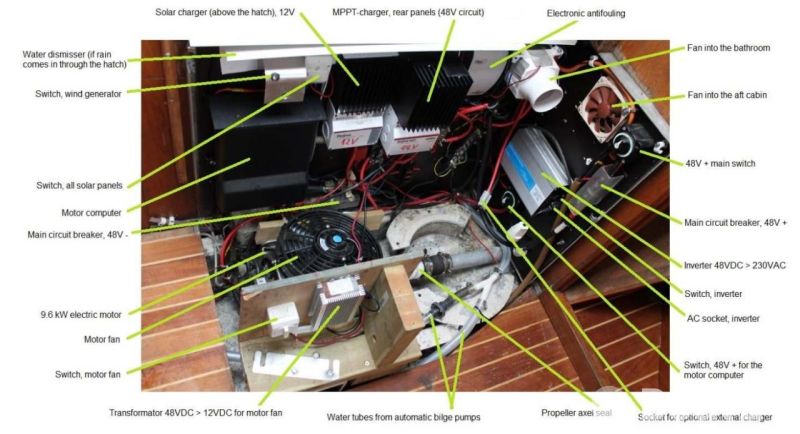
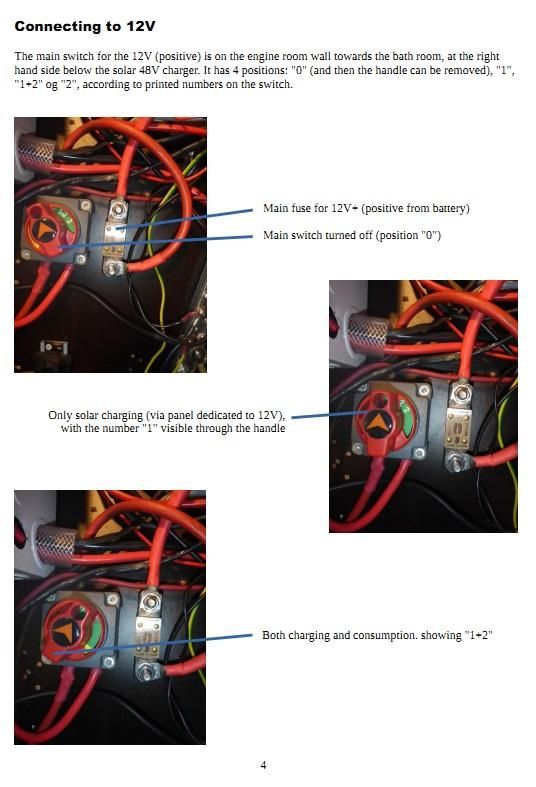
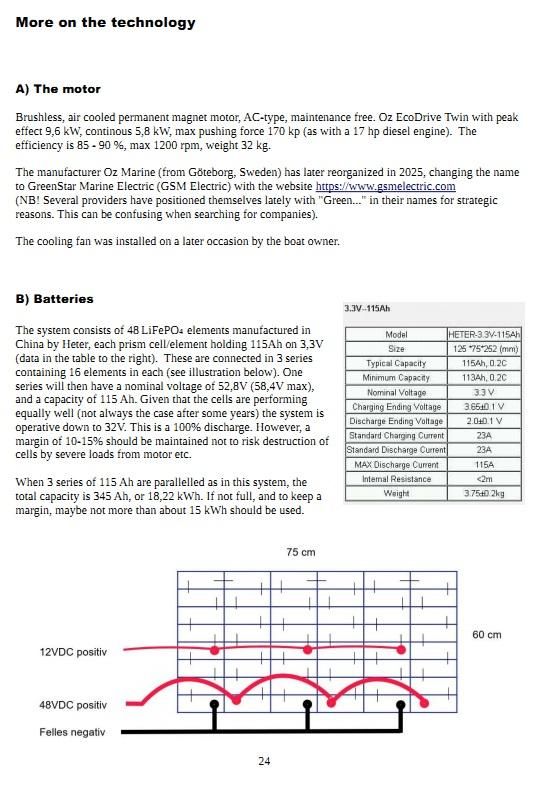
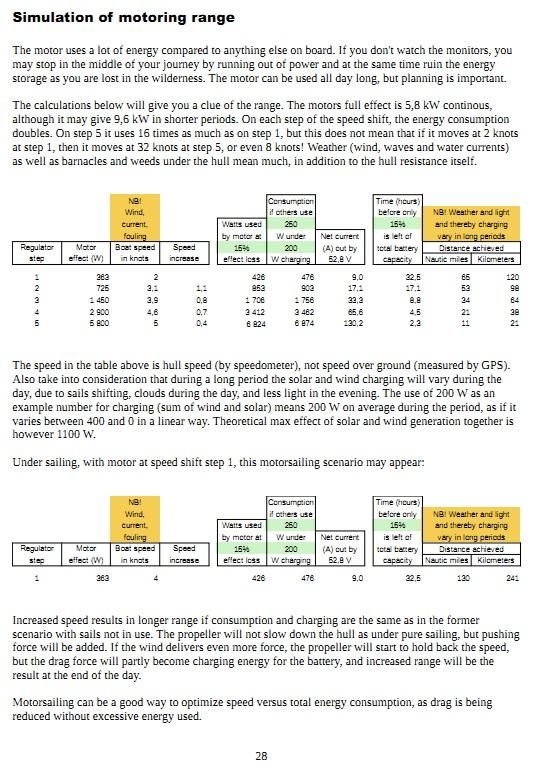
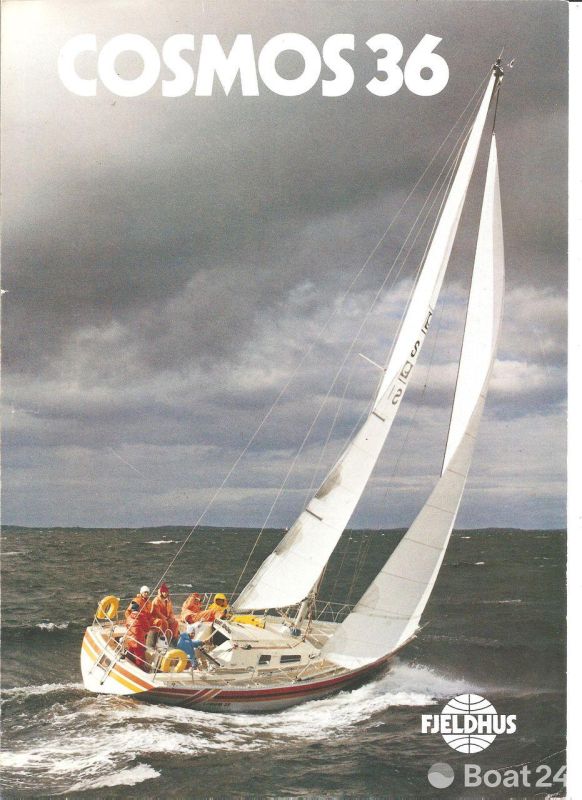
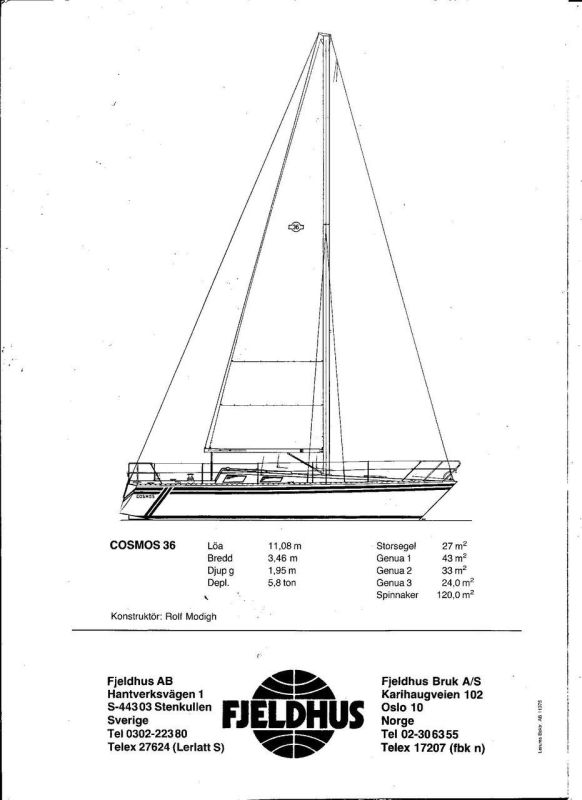
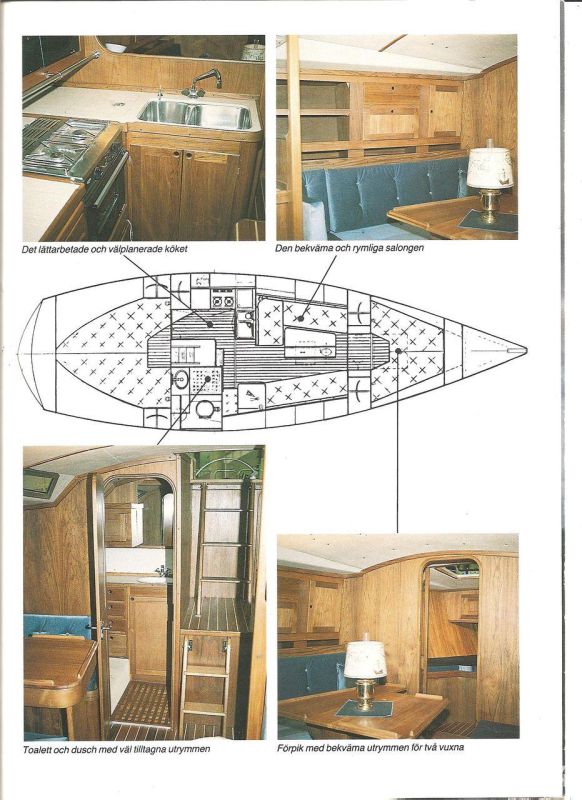
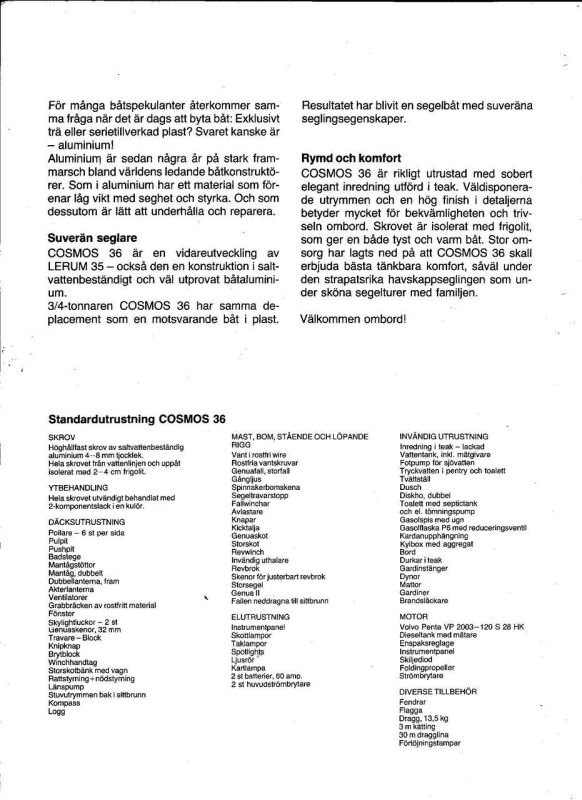
Do you intend to sail into the Arctic, where diesel is rare and ice still frequent?
Or are you just looking for a family friendly way to spend your vacations?
Are you tired of the frequent and expensive service intervals of combustion engines?
Are you aware that the majority of problems sailors report, are engine related?
Do you want to avoid fiberglass osmosis?
This boat has 18 kWh of LiFePO4 batteries, enough to keep the service free motor running through the day if at moderate speed (with a plexiglass cover to isolate it from the metal surroundings, not easily seen in the picture). When not using the motor, you have excessive energy for any purpose except the gas stove. The solar panels and wind turbine altogether have a nominal max effect of 1105W. Even in cloudy weather this normally is enough to keep up the battery capacity while under sail.
There is no heating device installed. The old one malfunctioned and was not replaced as the need for heating during summer was covered by bodies, candles and cooking. A 230VAC heating fan may also be connected to the inverter. And air ducts and a 40 liter diesel tank are still present. For sailing deep into the wilderness, a a life raft and a watermaker should also be a good idea.
Too much sun is not good for you. At the helm, under the solar panels you are protected against rain and sun. The sight forwards is good. There is now dizzy windshield in front of you. You may be exposed to the weather, but the autopilot under deck on the rudder stem can do the job and you may take the tablet PC with you under deck to see where you are heading. A regular chart plotter is not installed. A tablet is more mobile, and thefts are no concern.
There is no sail drive gasket that needs to be replaced every seven years. The axle is straight, with no greased sealing. The only water coming in is entering through the mast and mayby a couple of stanctions. An air dehumidifyer has been used when the boat was left in the harbour after each trip.
Has this boat ever hit the ground? Oh yes. But it was repaired at a professional shipyard. The distance from the side of the hull down to the end of the keel is measured to be exactly the same on each side. The boat runs as steady as a train on rails and has been used for several tours along the stormy west coast of Norway ever since.
Three things to be aware of: Before next antifouling, the bottom of the hull needs sandblasting. And the cork on the cockpit benches should be replaced in the future. It is water tight, but aging. And the interior needs surface treatment.
This boat is one of a kind, and advice on the use of the technology is necessary. Thus, an illustrated manual of 30 pages, made by the owner and inventor, comes with the boat. The pdf-file can be downloaded via the link below. Also, you can watch a video on https://husraad.no/B%C3%A5ten/P%C3%A5%20tur.mp4
• Engine: OzEcoDrive Twin 9,6 kW from 2010, run less than 150 hours
• Batteries: 18 kWh LiFePO4 from 2010 (15 kWh if you do not want to drain them)
• Solar panels: REC AA 375W x 2 + Sanyo 195W
• 48VDC > 230VAC true sinus inverter 500W (1000W surge)
• Wind turbine: Air Breeze 160W
• Jabsco head with 40 litre septic tank
• Fairly big water supply (unknown volume)
• Foot pump for salt water to the kitchen sink
• Mainsail on rail with two step reefing and lazy jacks
• Jib on furler
• Anchors: Fortress at the bow, Bruce at the stern
• LED light bulbs all over
• Kitchen equipment with pots, pans etc.
• Sony Xperia (water tight) tablet for navigation. This is also practical for storing digital guides and manuals, and you can hide it down below
• An uninstalled Raymarine Element 7S chart plotter, out of the box, never used
• 2 extra propellers: 1 FeatherStream and 1 Flex-o-fold. (The 2 blade fixed urethane propeller in use is cheaper, more efficient and needs no sacrificial anode)
• 2 small battery 230VAC>48VDC chargers (for LiFePO4 58.4V)
• 1 big 2,5 kW charger, too consuming for guest marinas
• 1 extra Bruce anchor
• An extra, larger genoa jib a bit damaged after whipping the spreaders
• Several axtra winch handles
• Oceanbrake Series Drogue, 107 cone, to be launched at the stern
• Some other potentially useful equipment
• Books on sailing, cruising and technical matters
• A small inflatable dingy for 1-2 persons
Things to consider:
• There is no life raft or chart plotter (but a tablet PC with navigation apps)
• The cork in the cockpit is aging
• Interior needs surface treatment
• Sandblasting is recommended before next antifouling
• No heating device is on board except a mobile AC heating fan (can be used via inverter)
• The septic tank must be emptied into the sea, preferably far away from land. A system for taking sewage ashore is not installed
• The cockpit has no sprayhood